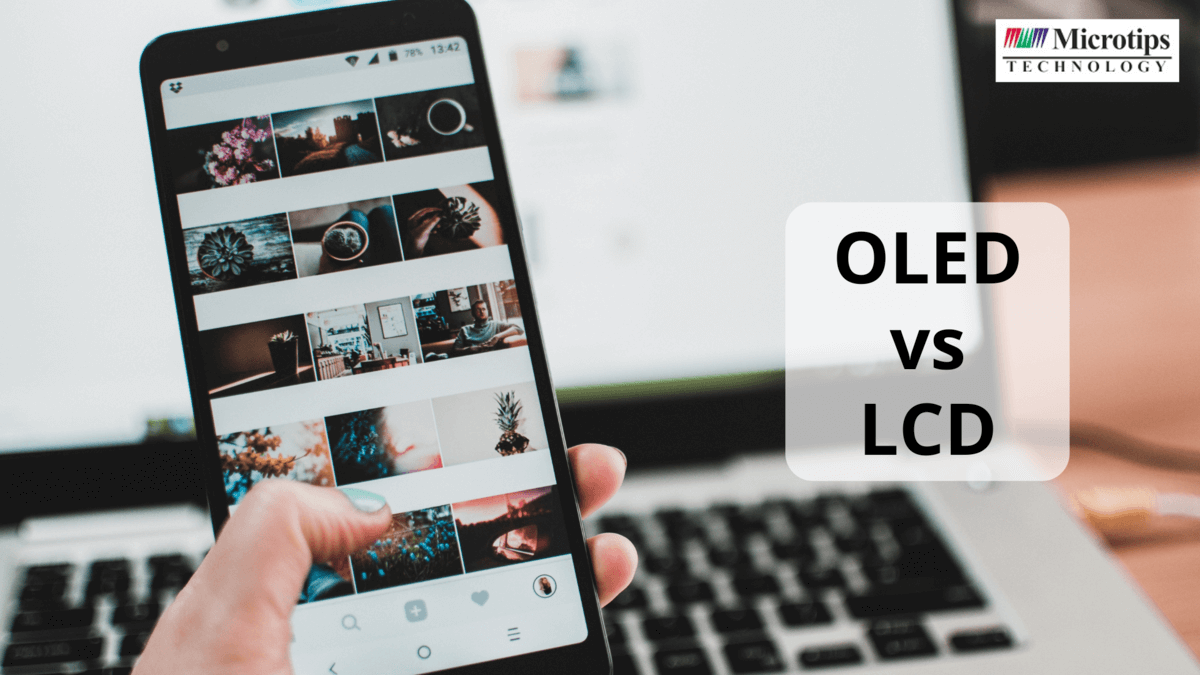OLED, an acronym for Organic Light Emitting Diode, is often identified as the modern-age display. Many companies are still using LCDs, but the growing demand for OLEDs overshadows the market of LCDs.
Traditional LCDs use CCFL or cold-cathode fluorescent lamps backlight whereas OLEDs use organic material to emit light in different combinations of colors without using any backlight. In LCDs, the light emitted by the LED backlight passes through a layer of crystal material.
In this blog post, we shall compare OLEDs and LCDs based on different parameters.
Comparison Between OLED and LCD
- Brightness
Since LCDs exhibit full-screen brightness with their LED backlights, they get a competitive edge over OLEDs in this parameter. However, in the modern-age displays, brightness is not given much importance in terms of image clarity and light output.
- Contrast Ratio
The standard contrast ratio of LCDs of computers may value 1000:1, whereas the contrast ratio of LCD TV displays may go around 4000:1. The contrast ratio of the OLED displays can go as high as 1,000,000:1. The more the contrast ratio is, the better your device’s picture quality will be.
The contrast ratio is the difference between the brightest and darkest visual of a display. Since OLEDs have true black where the pixels turn off when they show black color, which is not the case with LCDs, the OLEDs become a better option for contrast and picture quality.
- Refresh Rates
The number of times a display presents a new image every second is called refresh rate. The OLEDs switch images far faster than LCDs. Today’s OLED displays have a 120Hz refresh rate far more than the 60Hz refresh rate of traditional LCDs. Despite being ahead of LCD, the OLEDs exhibit motion blur, which is a challenge for aspiring electronic equipment manufacturers of today.
- Power Consumption
Unlike LCDs that always need the backlight to illuminate their pixels, OLEDs use organic material to emit light and create an image. Having true black is another crucial reason why OLEDs consume less power than the contending LCDs. We can say that it is more about the brightness of the image being displayed. The less the light is emitted, the module will consume less energy. It means if we keep the LED backlight of LCDs low, it is possible to make them more energy-efficient than OLEDs.
- Viewing Angle
Viewing angle is one of the most crucial parameters where OLEDs win over LCDs. If you sit off-axis in front of an LCD, you may not consider the image in its actual appearance as the visuals would fade away, which is not the case with OLED displays.
Conclusion
In all the parameters we have discussed here, OLEDs seem more advantageous. Moreover, OLEDs are easier to manufacture. Many OLED displays are offering bendable, foldable, and rollable OLED displays. From small-scale applications such as smartwatches to large-scale applications such as smartphones and TV displays, OLEDs are finding across more and more use cases.
Microtips Technology, a US-based OLED and LCD module manufacturer, has launched its range of products having the latest capabilities of OLED.

